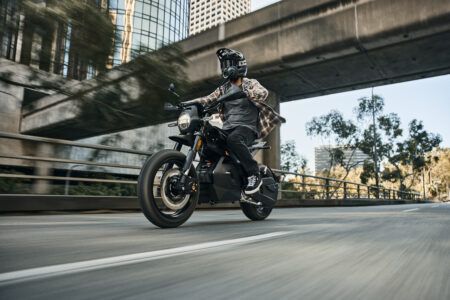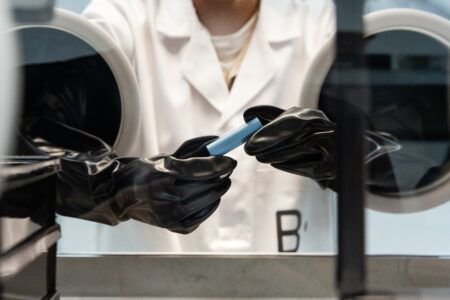The automotive industry is only as good as the technology and innovation at the heart of it. So, while manufacturers might grab the headlines with their latest and greatest vehicles, the real plaudits should arguably be given to the suppliers who pore over data, spend hours in research labs and strive to create the optimum components that will make the end products the best they can be. As part of an industry that is expected to be worth US$980 billion by 2028, suppliers and technical partners are a key part of that growth. While many traditional Tier 1s have adapted and pivoted to now concentrate on battery-based technologies rather than ICE innovation, a new breed of companies has emerged. Armed with fresh approaches, ideas, and philosophies, many of them are prepared to find solutions by looking at problems from different angles – and look at untapped areas of development when it comes to powertrains.
We’ve picked out 10 companies to watch over the next few years, all with the potential to make a real difference in the automotive sector and bring new technologies to life.
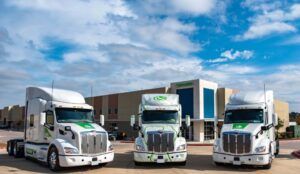 Hyliion
Hyliion
The electrification of heavy-duty trucks is no mean feat – and an expensive process currently, with fleets looking at multi-million dollar investments to enable their vehicles to run on batteries ore cleaner alternatives to diesel. Hyliion is on sustainability-focused company that develops powertrain technologies and batteries to make electric vehicles more affordable and accessible to a wider spread of end users. The company offers several range-extender options, such as the ERX, which can be refueled with renewable natural gas and can run up to 1,000 miles. Meanwhile, Hyliion has formed a partnership with Hyzon to develop the Hypertruck Fuel Cell, that combines the former’s powertrain platform with the latter’s fuel cell expertise.
Bosch EV Solutions
Many major Tier 1 and Tier 2 suppliers have had to readapt their philosophy with the rise of EV powertrains, one of the biggest being Bosch. Now armed with a range of charging solutions for home, public spaces and the workplace, the company’s offshoot – Bosch EV Solutions – has another string to its bow that will ensure it remains relevant in the post-ICE world. One product in the company’s portfolio is the EV3000 30kW DC fast charger, which can charge up to four times faster than a Level 2 AC charger. That means drivers will be able to replenish their batteries from 20% to 80% in an hour.
WeaveGrid
The industry is aware of the potential that EV chargers bring, but what about the technology behind them? With its software, WeaveGrid can help modernize old electrical grid infrastructure and prepare cities for continuously growing number of battery powered vehicles that will be hitting their streets in the years to come. The company integrates renewable energy into the grid and solves a few challenges faces by infrastructure providers around the world. One of the recent initiatives involved working with the likes of GM, Ford, and BMW on DTE Energy’s Smart Charge program in Detroit.
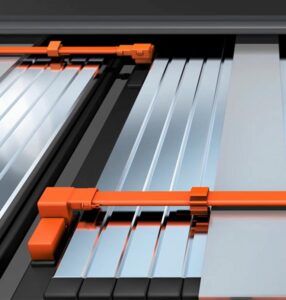 Aptiv
Aptiv
Instead of sticking to one area of the EV market, Aptiv’s goal is to cover a lot of software bases, with a product line that ranges from safety to autonomy. Instead of the actual vehicles, the Dublin-based outfit is aiming to master software and networking behind them. Aptiv’s electrification product portfolio includes high-voltage electrical connectors, shielded high-voltage cables, charging cord sets and inlets into solid-state electrical centers. All these skillsets build on the overarching software platform that the company envisages for future EVs. For example, in the case of wiring innovations, Aptiv has introduced flat busbars in place of traditional round wires and the use of aluminum cables instead of copper.
Freewire Technologies
It might seem early days for people to start talking about replacing EV chargers, but the demand, desire and need is there. Step forward Freewire, which offers a range of ultrafast chargers that can replace Level 2 products. Counting clients such as AmPm, Netflix and Adobe in its portfolio, Freewire has, by one outlet, been named one of the 10 most innovative companies in transportation. Why does it stand out? For a number of reasons, it transpires. For example, the company claims to reduce installation costs by up to 20% and operating costs by up to 70% through the avoidance of electrical infrastructure upgrades. Performance-wise, the company’s Boost Charger 150 promises up to 100 miles of driving range from a 10-minute charge.
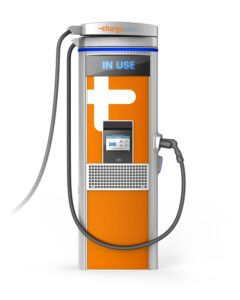 ChargePoint
ChargePoint
As the name suggests, ChargePoint manages a network of charging stations in 10 countries around the world. With its presence predominantly in Europe and North America, business at ChargePoint – the largest independent operator of EV charging stations in the world – has grown by 321% in the past five years and it has delivered close to 200 million chargers. Like most of its competitors, ChargePoint offers solutions for home, work and public spaces and has recently announced an investment in its own Network Operations Centre. The purpose of that initiative is to deliver as close to 100% reliability as possible once a charging facility is fully implemented. ChargePoint has also committed to a training program to certify electric contractors that install EV charging infrastructure, which the company claimed was a first for the EV sector.
WiTricity
Wireless charging has been touted as a potential game-changer in the electric vehicle space for some time, with only relatively limited success in terms of breaking through on a large scale. However, WiTricity claims that a survey suggested 96% of respondents were interested in wireless charging and that 70% of people would be more likely to buy an EV if wireless charging was an option. The company is now onto its fifth generation of wireless charging solutions, the previous iterations having already been tested and deployed by OEMs around the world. At the heart of the WiTricity solution is resonant coupling, which occurs when the natural frequencies of two systems – namely a source and a receiver – are approximately the same. The company’s source and receiver devices are designed to transfer power over long distances via a magnetic field.

Sila
Battery technology might have made major strides over the past 10 years or so, but it’s an area that continues to evolve when it comes to electric vehicles. Companies such as Sila are at the heart of that evolution – looking for opportunities to improve battery performance, life, and efficiency. With more than 100 patents filed, 55,000 material iterations and over 10 years of chemistry innovation, Sila is focused on the potential of silicon-based batteries, such as its Titan Silicon product, which offers improved energy density, with no impact on cycle life. That product, which will feature on the Mercedes-Benz EQG (confirmed after it featured on the concept vehicle), claims a 20% boost in energy density, while future components will offer double that improvement, compared with what the market offers today.
Electra Vehicles
This Boston, US-based company is developing electric energy storage and usage systems not only for vehicles, but also for power grids around the world. The goal is to help achieve overall improvements in energy consumption and battery lifetimes. Experience within the team comes from Toyota, NASA, and a wide range other industry heavyweights. One of the product offerings from Electra is an application that compares battery options to help companies choose the best ones for their electric vehicles. The app, EnPower, enables comparisons to be made across a plethora of criteria, including cell-to-pack weight ratio, useable energy, peak discharge power and pack energy. The company has also investigated and developed technologies using lithium-ion, novel battery, and capacitor cells.
Lightning eMotors
One of the most challenging markets for electric vehicle manufacturers to get into is the area of logistics and, therefore, commercial vehicles. A lack of on-street charging, arbitrary duty cycles and payload issues are just three of the issues faced by operators who are otherwise often keen to transition to EVs. Lightning Motors designs and engineers zero-emission vehicles for fleets who run everything from small vans to ambulances to buses to large trucks. By taking existing popular chassis, Lightning eMotors can convert vehicles from traditional manufacturers to run on electric, with minimal disruption to the driving experience or base model. Environmentally, processes such as converting old diesel buses to electric, has won the company many admirers – and customers.



